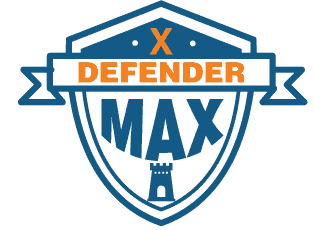Directors and officers (D&O) liability insurance loss ratios have not improved in the past two years. Even amid sizable rate increases and the fact that the line faces both emerging and long-standing challenges. AM Best’s stated recent market segment report, D&O insurers received an estimated $14.6 billion in direct premiums written in 2021, based on totals through the third quarter of the year. This was significantly more than the $10.8 billion earned in 2020 and $7.6 billion in 2019. However, despite premium growth during this period, the direct loss ratio worsened. The projected loss ratio for 2021 stands at 61%, up from 60.9% in 2020 and 60% in 2019.
“Whether the aggressive rate increases and higher premiums are sufficiently offsetting the complex risk factors for carriers insuring D&O risks remains unclear,”
Different Issues to consider
Stated by AM best in the report. D&O challenges include defense and cost containment expenses, social inflation, and emerging issues such as:
- The rising popularity of special purpose acquisition companies (SPACs)
- Environmental, social and governance issues
- Overlapping risks from other lines, such as cyber insurance
“The effects of the rising costs of insurance claims are not only felt by insurers relative to their claim payouts and loss ratios but also policyholders and how much they pay for coverage,” Christopher Graham of AM Best said in a statement. “This is a particularly acute problem for larger, public companies.” D&O trends reflect the growth of litigation financing, AM Best stated. Other risk factors contributing to an uptick in D&O lawsuits—and thus higher premiums— include sexual misconduct lawsuits, discrimination cases, and failure to disclose or address climate change risks. Cyber incidents leave corporate boards particularly vulnerable.
Cyber Attacks
Attacks are increasing in frequency and severity. Consequently plaintiffs may hold decision-makers accountable in lawsuits against companies for financial and reputational losses from cyber attacks.
“Cyberattacks that lead to subsequent service disruptions can elevate the potential losses from business interruption,”
“Such additional costs can affect a company’s stock price, with management held responsible for the economic losses. This, and not the attack itself, is the true D&O exposure to cyber risks.” (AM best) SPACs emerged in recent years as a significant part of the financial transaction market. According to SPAC Analytics, 2021 saw 968 SPAC initial public offering (IPO) formations, accounting for 63% of all IPOs in the United States. This followed an explosion of SPAC IPOs in the prior year (2020 had 248 SPAC IPOs, compared to 59 in 2019).
“The growing popularity of SPACs indicates that this is a viable and important alternate way for a company to go public,” AM Best noted. “From a D&O perspective, however, SPACs pose unique risks. With potentially greater exposure to liability at each stage of the process.” The number of shareholder lawsuits against post merger SPACs rose to 15, up from five in all of 2020. More SPACs also mean more SPACs looking for insurance. An industry backlog leaves some uninsured or underinsured as they wait for a policy. There aren’t many insurers in the market willing to write D&O insurance for SPACs because of increased litigation risks. What’s more, those who are writing D&O policies for SPACs have typically lowered their maximum exposure limits while charging similar premiums.





